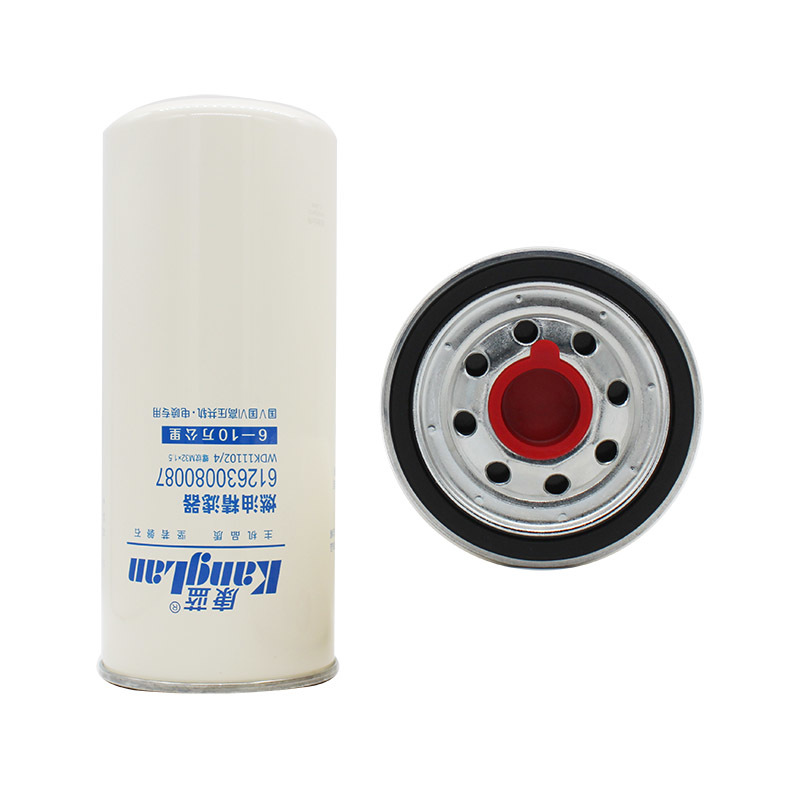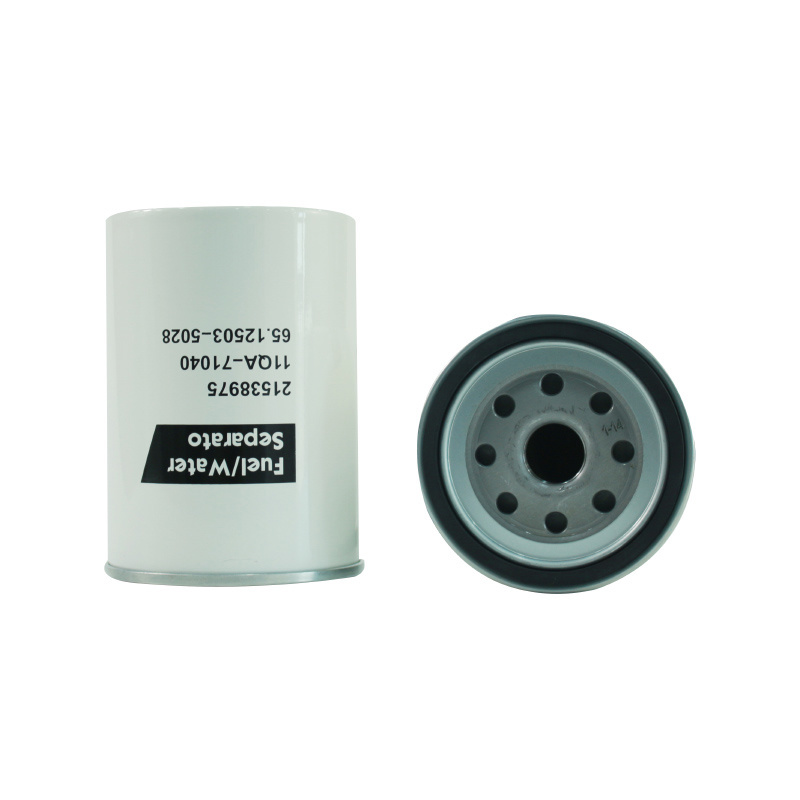Welcome to Hebei Takai Vehicle Parts Technology Co., Ltd.
Why Regular Inspection of Your High Pressure Common Rail Fuel System Matters: A Comprehensive Guide
Release Time:
May 20,2025
Why Regular Inspection of Your High Pressure Common Rail Fuel System Matters Table of Contents 1. Introduction to High Pressure Common Rail Fuel Systems 2. Understanding the Importance of Regular Inspections 3. Key Components of High Pressure Common Rail Fuel Systems 3.1 Fuel Injectors 3.2 Fuel Pumps 3.3 Pressure Regulators 3.4 Fuel Filters 4. Signs Your Fuel System Needs Attenti
Why Regular Inspection of Your High Pressure Common Rail Fuel System Matters
Table of Contents
1. Introduction to High Pressure Common Rail Fuel Systems
2. Understanding the Importance of Regular Inspections
3. Key Components of High Pressure Common Rail Fuel Systems
3.1 Fuel Injectors
3.2 Fuel Pumps
3.3 Pressure Regulators
3.4 Fuel Filters
4. Signs Your Fuel System Needs Attention
5. The Benefits of Regular Inspections
6. How to Perform a Comprehensive Inspection
6.1 Tools and Equipment Needed
6.2 Step-by-Step Inspection Process
7. Common Issues Found During Inspections
8. Frequently Asked Questions (FAQs)
9. Conclusion
1. Introduction to High Pressure Common Rail Fuel Systems
High pressure common rail fuel systems have revolutionized the way modern diesel engines operate. By allowing for precise control of fuel delivery, these systems enhance engine efficiency and performance. However, with increased complexity comes the necessity for regular maintenance and inspection to ensure optimal functionality.
2. Understanding the Importance of Regular Inspections
Regular inspection of your high pressure common rail fuel system is not just a recommendation; it is essential for maintaining your vehicle’s performance, safety, and longevity. Neglecting these inspections can lead to serious mechanical failures, higher repair costs, and even hazardous driving conditions.
3. Key Components of High Pressure Common Rail Fuel Systems
To effectively understand the importance of inspections, it's crucial to know the key components involved in high pressure common rail fuel systems.
3.1 Fuel Injectors
Fuel injectors are responsible for delivering the precise amount of fuel into the engine’s combustion chamber. Regular inspections can help identify clogging or wear, which can drastically affect performance.
3.2 Fuel Pumps
The fuel pump draws fuel from the tank and sends it to the engine under high pressure. A failing pump can lead to inadequate fuel delivery, resulting in engine stalling or power loss.
3.3 Pressure Regulators
Pressure regulators control the fuel pressure within the rail. Malfunctions can cause erratic engine performance, making inspections vital for maintaining consistent pressure levels.
3.4 Fuel Filters
Fuel filters remove contaminants from the fuel before it reaches the injectors. Clogged filters can hinder fuel flow, leading to engine performance issues.
4. Signs Your Fuel System Needs Attention
Recognizing the signs of trouble in your high pressure common rail fuel system can save you from extensive repairs. Look out for these symptoms:
- **Engine misfires or rough idling**
- **Decreased fuel efficiency**
- **Unusual engine sounds**
- **Excessive exhaust smoke**
- **Warning lights on the dashboard**
5. The Benefits of Regular Inspections
Regular inspections not only help identify potential issues before they escalate but also offer various other benefits:
- **Enhanced Engine Performance**: Keeping the fuel system in top condition ensures your engine runs smoothly and efficiently.
- **Increased Fuel Efficiency**: A well-maintained fuel system optimizes fuel consumption, potentially saving you money at the pump.
- **Prolonged Engine Life**: Regular maintenance can significantly extend the lifespan of your engine by preventing major breakdowns.
- **Safety Assurance**: A properly functioning fuel system helps in maintaining safe driving conditions, reducing the risk of accidents.
6. How to Perform a Comprehensive Inspection
Performing a thorough inspection of your high pressure common rail fuel system requires the right tools and a systematic approach.
6.1 Tools and Equipment Needed
Ensure you have the following tools on hand:
- Diagnostic scanner
- Fuel pressure gauge
- Basic hand tools (screwdrivers, wrenches, etc.)
- Safety goggles and gloves
- Clean rags for spills
6.2 Step-by-Step Inspection Process
1. **Visual Inspection**: Begin by checking for any visible leaks or damage in the fuel lines and components.
2. **Check Fuel Filters**: Inspect and replace fuel filters if they are clogged or dirty.
3. **Test Fuel Pressure**: Use a fuel pressure gauge to check the pressure levels against manufacturer specifications.
4. **Inspect Injectors**: Remove and clean fuel injectors, checking for any signs of wear or clogging.
5. **Examine the Fuel Pump**: Listen for unusual noises and test the pump's pressure output.
6. **Run Diagnostic Tests**: Use a diagnostic scanner to check for any fault codes related to the fuel system.
7. Common Issues Found During Inspections
During inspections, several common issues may be identified:
- **Clogged or Dirty Fuel Filters**: This can restrict fuel flow and affect engine performance.
- **Faulty Fuel Injectors**: Misfiring or leaking injectors can lead to inefficient fuel delivery.
- **Defective Fuel Pumps**: A failing fuel pump may cause stalling or power loss.
- **Pressure Regulation Problems**: An inconsistent fuel pressure can lead to engine performance issues.
8. Frequently Asked Questions (FAQs)
**Q1: How often should I inspect my fuel system?**
A: It is recommended to inspect your fuel system at least once a year or every 12,000 miles.
**Q2: What are the signs of a failing fuel injector?**
A: Symptoms include rough idling, poor acceleration, and increased exhaust emissions.
**Q3: Can I perform a fuel system inspection myself?**
A: Yes, with the right tools and knowledge, you can perform basic inspections, but consulting a professional is advisable for complex issues.
**Q4: How long does a fuel system inspection take?**
A: A thorough inspection typically takes about 1 to 2 hours, depending on the complexity of the system and the issues found.
**Q5: What is the cost of a professional fuel system inspection?**
A: The cost can vary widely based on location and the extent of the inspection, typically ranging from $100 to $300.
9. Conclusion
Regular inspection of your high pressure common rail fuel system is essential for maintaining optimal engine performance, enhancing fuel efficiency, and ensuring safety on the road. By understanding the components, recognizing warning signs, and performing routine inspections, you can prevent costly repairs and keep your vehicle running smoothly. Prioritize your vehicle's health by scheduling regular inspections, and enjoy the peace of mind that comes with knowing your fuel system is in top condition.
You Can Also Learn More About Industry Trends












